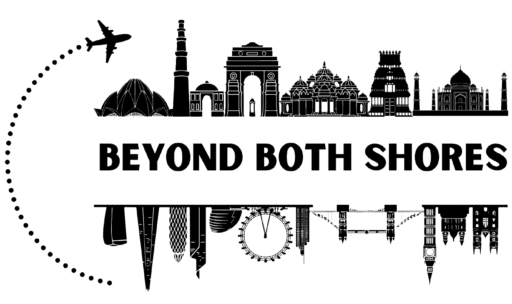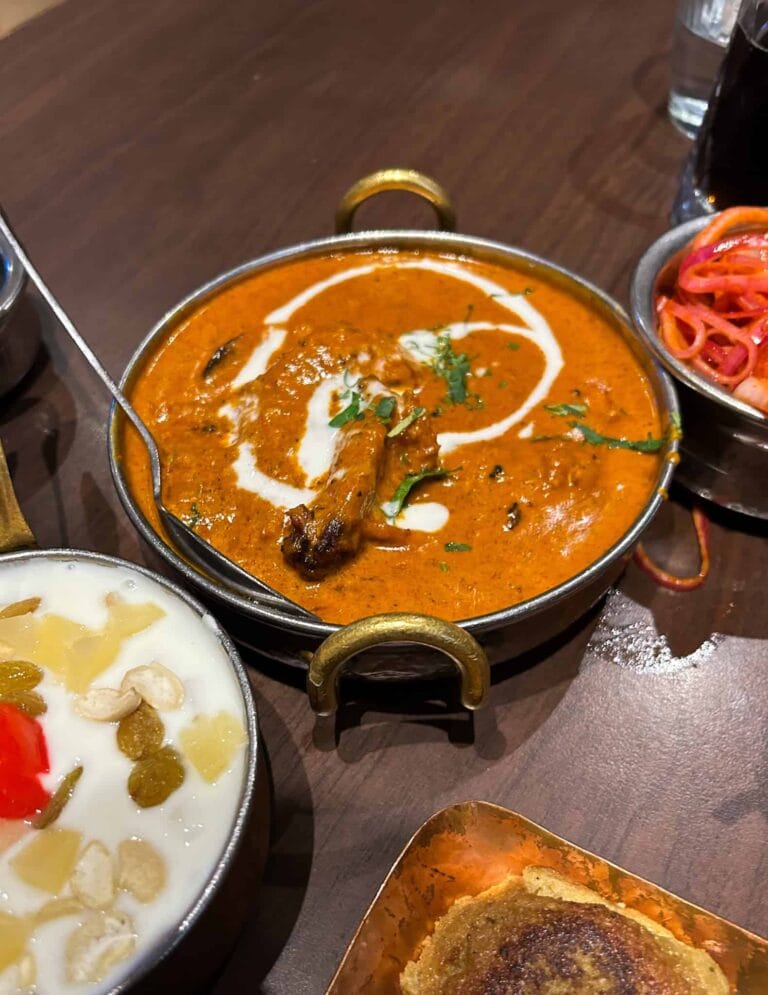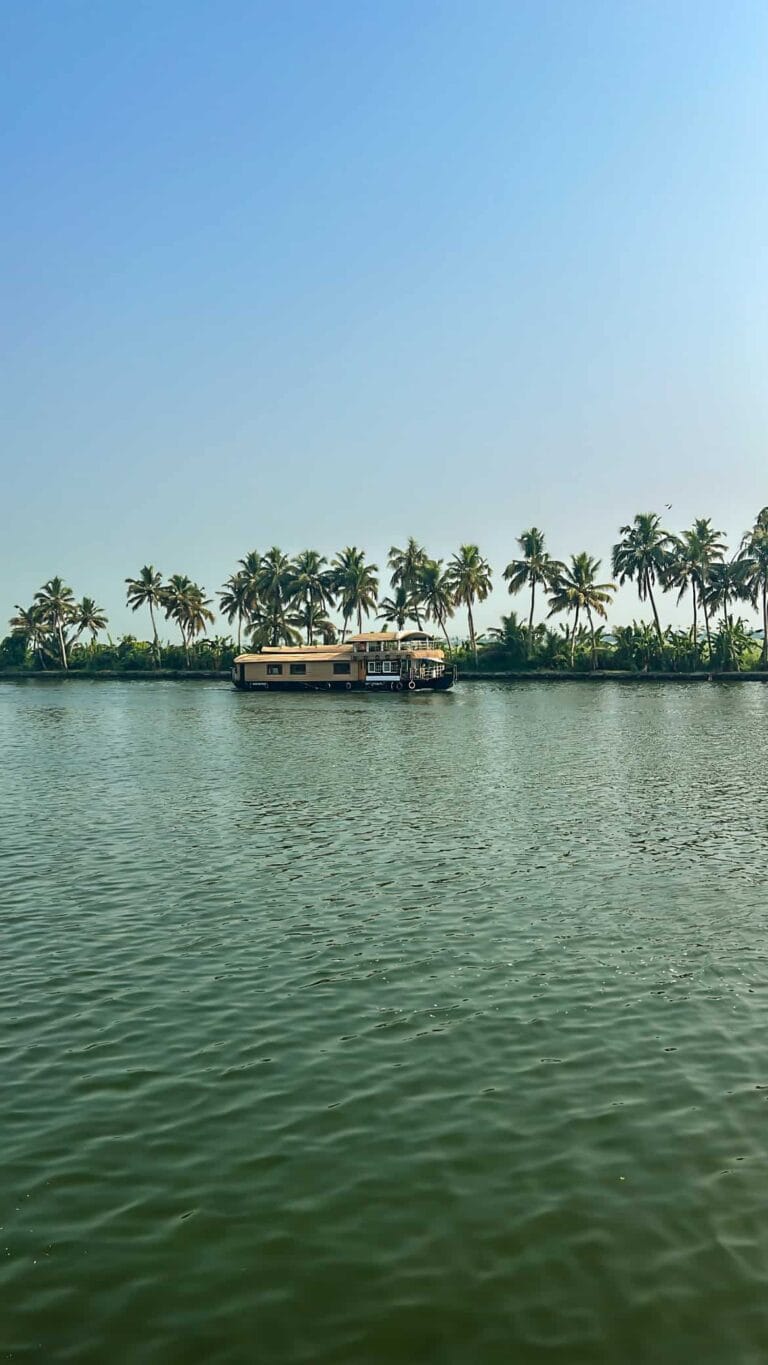How to Stay Safe in India as a Female Traveller 2025

India is one of those dream destinations everyone wants to visit, but the question many women ask is: how to stay safe in India as a female traveller? While there’s no single answer to that, simply being aware, respectful, and mindful of your surroundings makes all the difference.
This guide is designed to help female tourists visiting India, whether exploring it solo or travelling with friends, so you can experience the country confidently!
Is India Safe for Women to Visit in 2025?
No country can ever be considered entirely safe, but you can minimise risks by staying alert and taking sensible precautions. Being aware of cultural differences, understanding how to dress to avoid unwanted attention, and staying connected at all times can transform your experience from stressful to empowering! Here is everything you need to know to stay safe in India as a woman.
What to Wear
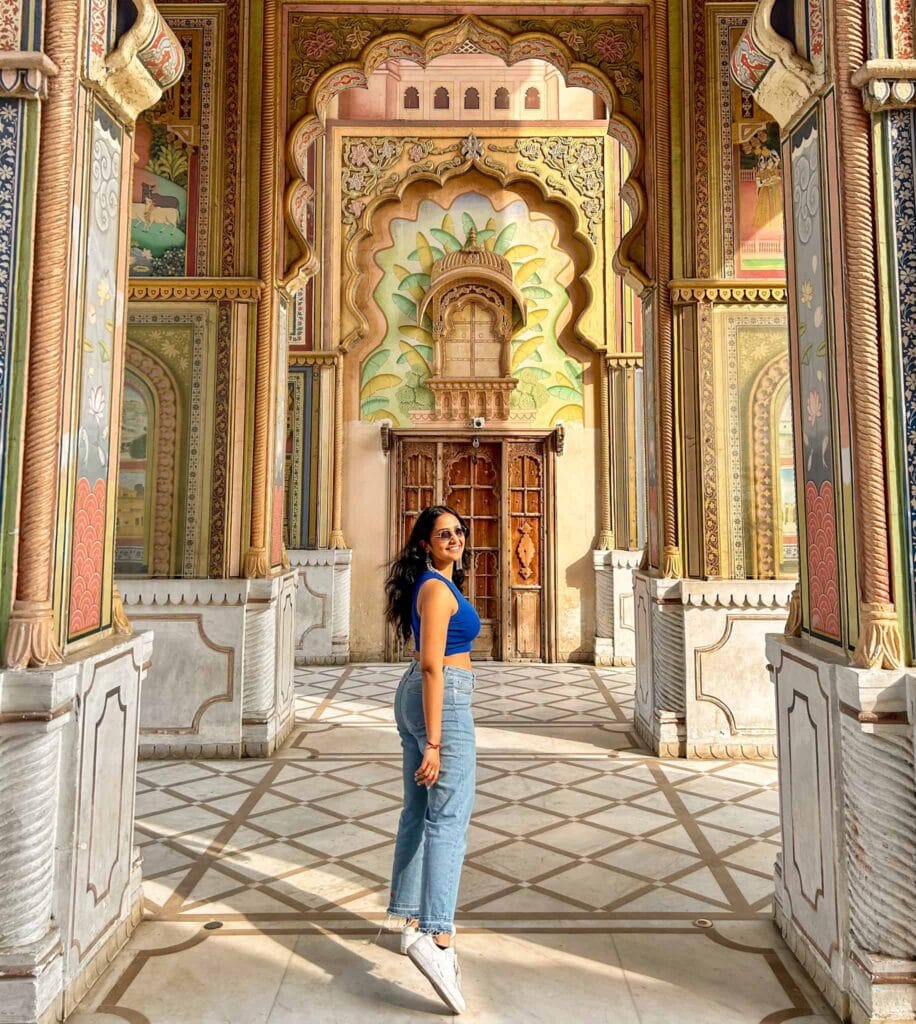
This is one of the most common questions women ask before travelling to India. The answer is simple: embrace the cultural differences and dress modestly. While India is vibrant and expressive, certain norms still lean towards modest dressing, especially in smaller towns and religious areas.
Recommended clothing: Loose cotton or linen tops and trousers for most regions, scarves and cardigans for both warmth and coverage when needed, as well as a separate set of warm layers if travelling to northern cities in winter.
Pro tip:
- Try local outfits like kurtis; you blend in easily, plus people in India love it when you want to be part of their culture!
- Embrace the colours and patterns of indian fashion
- Don’t overpack, because you will want to shop once you arrive!
- You should have access to affordable and reliable laundry service. Make use of this absolute luxury!
For more on how to dress as a woman in India, see our guide: What to Wear in India as a Female Tourist.
Plan Your Itinerary Well
Planning your route is essential for safety and enjoyment. When in a city, do some research on which neighbourhoods are safe, which attractions are worth seeing and which are tourist traps. Try to arrive in new places during daylight, know your transport options in advance and keep backup routes ready in case of delays and failure of the network. Having a flexible yet structured plan is key and helps to stay safe in India as a female tourist.
Understanding Cultural Differences
As a female traveller in India, understanding the country’s cultural differences is key as it can have a great impact on your comfort, experience and safety.
Modesty is highly valued and helps you keep away from unwanted attention. Avoid physical contact with men, and best to keep your tone calm, as display of affection or friendliness can be misunderstood.
It is common for locals to ask personal questions like “Where are you from?”, “Are you married?”, often out of genuine curiosity. Feel free to keep your answers short, vague or even incorrect if it makes you comfortable. Use your right hand for giving and receiving things, and remove your shoes before entering homes and temples.
This cultural sensitivity doesn’t limit your freedom; it enhances your experience, helping you connect with India more authentically!
Airport tips once you land
When you arrive at the airport in India, make sure your phone is working before you head out. Most airports offer free Wi-Fi, but in case it doesn’t connect, I always use Airalo, an eSIM app (if your phone supports it) that gives you instant data the moment you land. Some airports also have local SIM card counters, so check beforehand whether your arrival airport offers this service.
Staying connected is key to travelling safely, especially when arranging transport from the airport. Always use Uber or Ola for your airport transfer instead of hopping into a random taxi. It’s safer, fully trackable, and ensures you start your trip with confidence and peace of mind.
Travelling safely around India

In most major cities like Delhi, Mumbai, or Jaipur, Uber and Ola are the most reliable options; they’re easy to use, affordable, and safer for women travellers since every ride is GPS-tracked and linked to your profile. For shorter distances, you can use auto rickshaws, but always agree on the fare before you start your journey or ensure the driver uses the metre.
When moving between cities, trains are one of the best and most authentic ways to see India. If you’re booking an overnight train, go for 2AC or 1AC classes, as they’re cleaner, more private, and safer for female tourists. The top berth is usually best if you’re travelling solo, as it gives you extra privacy and peace of mind. Avoid getting off at stations late at night and keep your valuables close when sleeping. You can learn more about trains and how to travel around India here: How to Book Indian Trains as a Foreign Tourist.
Flights are great for saving time, especially if you’re short on days, but trains give you a richer cultural experience. Either way, plan your arrival and departure during the day whenever possible, and avoid last-minute bookings to reduce stress and potential risks.
Stay Connected at All Times
Extremely important that you stay connected to your friends, partner and/or people you’re travelling with.
Having connectivity is not only necessary to stay in touch but also helps you book transport, do your research to navigate new places, keep you updated on your surroundings, and access your travel docs if needed. It also enhances your travel experience as you have access to translation, handle emergencies if any and have full financial access for peace of mind. We use the app Airalo, as mentioned above, where you can buy data if your phone allows eSIM.
Another great way to stay connected is by purchasing a local SIM card from one of the counters at the airport, which are usually easy to find and set up.
Beware of Tourist Scams
Like any popular travel destination, India has its share of tourist scams, especially in crowded markets and near major landmarks. Common tricks include overpriced taxi fares, fake tour guides, and shopkeepers claiming “government-fixed” prices.
Some things you can do to avoid scams in India as a tourist are:
- Always book an Uber as the prices are fixed, but if that is not an option, ensure to confirm fares before getting into the cab or rickshaw.
- Book tickets or tours only through verified platforms.
- Always ask guides for their official/government-issued identification before going ahead with them
- Politely decline unsolicited help from strangers who seem overly eager.
Trust your instincts – if something feels off, it probably is. Staying alert and doing a quick online check before committing can save you both money and stress.
Managing photo-taking requests
People are fascinated by travellers, especially those who look and dress differently. So don’t be surprised if people ask to take photos with you; it’s sort of inevitable. The only way around it is to understand how to handle such situations if they arise.
We took photos with several people, but also often said ‘no’ when we were tired or just not in the mood. It is absolutely fine to politely decline, as you are not obliged to take photos with anyone. Sometimes it can be overwhelming, so if you feel harassed, it is okay to refuse firmly and remove yourself from that situation. Be aware of your own comfort level and mindful of sharing too much information, like phone numbers and/or social media handles.
Hotels vs hostels
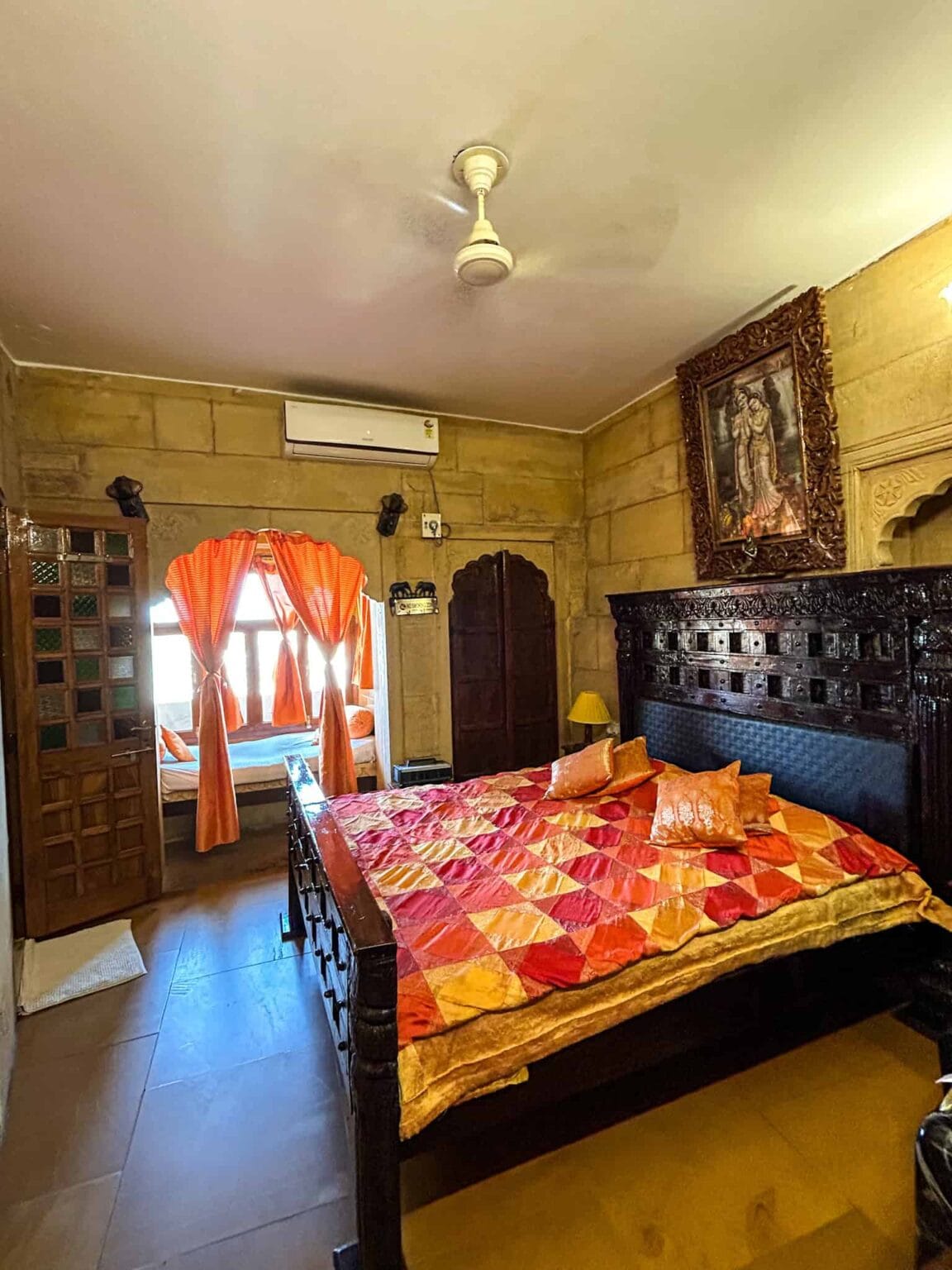
When it comes to accommodation in India, one of the most common questions travellers face is whether to stay in a hostel or a hotel. If you’re visiting crowded or tourist-heavy areas like Delhi, Jaipur, etc, hostels are often a safer and more convenient choice. Reputable hostels tend to attract other travellers, have round-the-clock staff, and maintain controlled access to rooms, making them generally more secure than some budget hotels. Many also offer female-only dorms and lockers for valuables.
If you prefer hotels, opt for those with strong reviews and an established name rather than going for the cheapest option available. Be aware that in certain budget hotels, there may be local restrictions, such as some properties still refusing to host unmarried couples, which can be inconvenient if you’re travelling with a partner.
In short, whether you choose a hostel or hotel, always prioritise places with good reputations, transparent booking policies, and locations within busy, well-lit areas where you’ll feel comfortable coming and going even after dark.
Hygiene and “Delhi Belly”
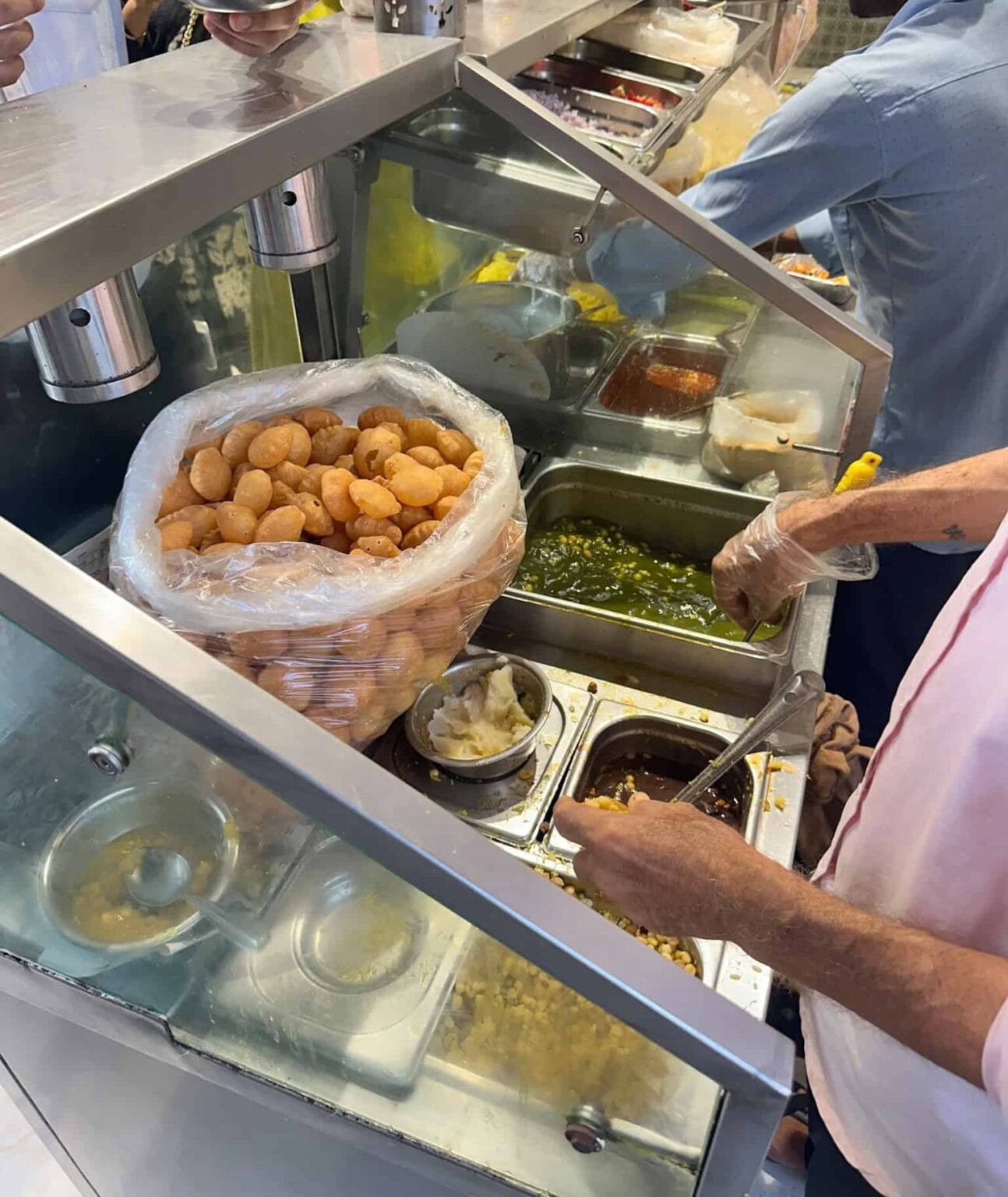
Given that the food, water, weather, and the environment in general in India are completely different from what you may know, you may have to take extra care of your hygiene. Pollution can be highly problematic in most cities in India – it can feel dirtier, chaotic and unmanageable, but as we have already mentioned, it’s doing the right things that would get you through it and help you embrace India in its true form. When out tasting street food, pick stalls that look clean and organised. Go for vendors who wear gloves, keep their food station tidy and use bottled water. It’s the best way to enjoy local flavours without risking an upset stomach!
We highly recommend packing essentials from home. Carry hand sanitisers, wet wipes and toilet paper with you everywhere, as public restrooms can be basic, where soap or water may not always be available. Check out what vaccinations you will need beforehand – the UK website is quite useful: Travel Advice – India
The pharmacies often have everything you may need. In cities, healthcare is available to all and is possibly affordable. Local remedies, pudin hara for Delhi belly, odomos mosquito repellent, etc, are quite useful. Carry your travel insurance at all times. You can learn more about what else to pack when travelling to India from our blog What to Pack when Travelling to India which highlights all things necessary.
Travel in a Group
Travelling in a group can greatly enhance your safety and overall experience in India. When exploring cities or taking long train journeys, being with others naturally reduces the chances of being a target.
Groups can also share responsibilities, like navigation and keeping an eye on belongings. It’s a good idea to stay connected through a group chat and share your live location when splitting up. Besides, having travel companions makes your trip more fun and reassuring, especially during late-night travel or unfamiliar routes.
Stay Safe in India As A Solo Female Traveller
Based on our last point, it is recommended to travel in groups, but if you want to try solo travelling in India, you simply need to be mindful. Be friendly but careful when meeting new people. Dress modestly and expect being asked for selfies and photos with locals. It is okay to engage, but it is also okay to politely say no and walk away.
Some cities can be quite fulfilling to go to when solo travelling. Among states are South Goa and most of Kerala; South Goa due to the influx of foreigners and the beach vibe, whereas in Kerala, towns like Munnar and Alleppey are phenomenal and mind-blowing to see. Cities like Udaipur see a lot of Indian female travellers as well as solo travellers, which is a very different vibe. You can read more about our Kerala and Udiapur trips here:
Top Tips
If we had to give you some top tips, we’d say:
- Trust your intuition: Nothing beats how you feel about a place you are in! If you don’t feel right, leave.
- Avoid travelling alone on the streets and stay away from dingy roads
- There is no need to be super friendly with Indian men, and they may get the wrong signal
Hope this was helpful! India truly is one of the most beautiful countries to explore, a destination that feels like visiting 28 different places in one, thanks to its 28 incredible states! Its vibrant street food scenes to breathtaking landscapes, every corner offers something new. Take a deep breath, dive in, and get ready to have your mind completely amazed!
